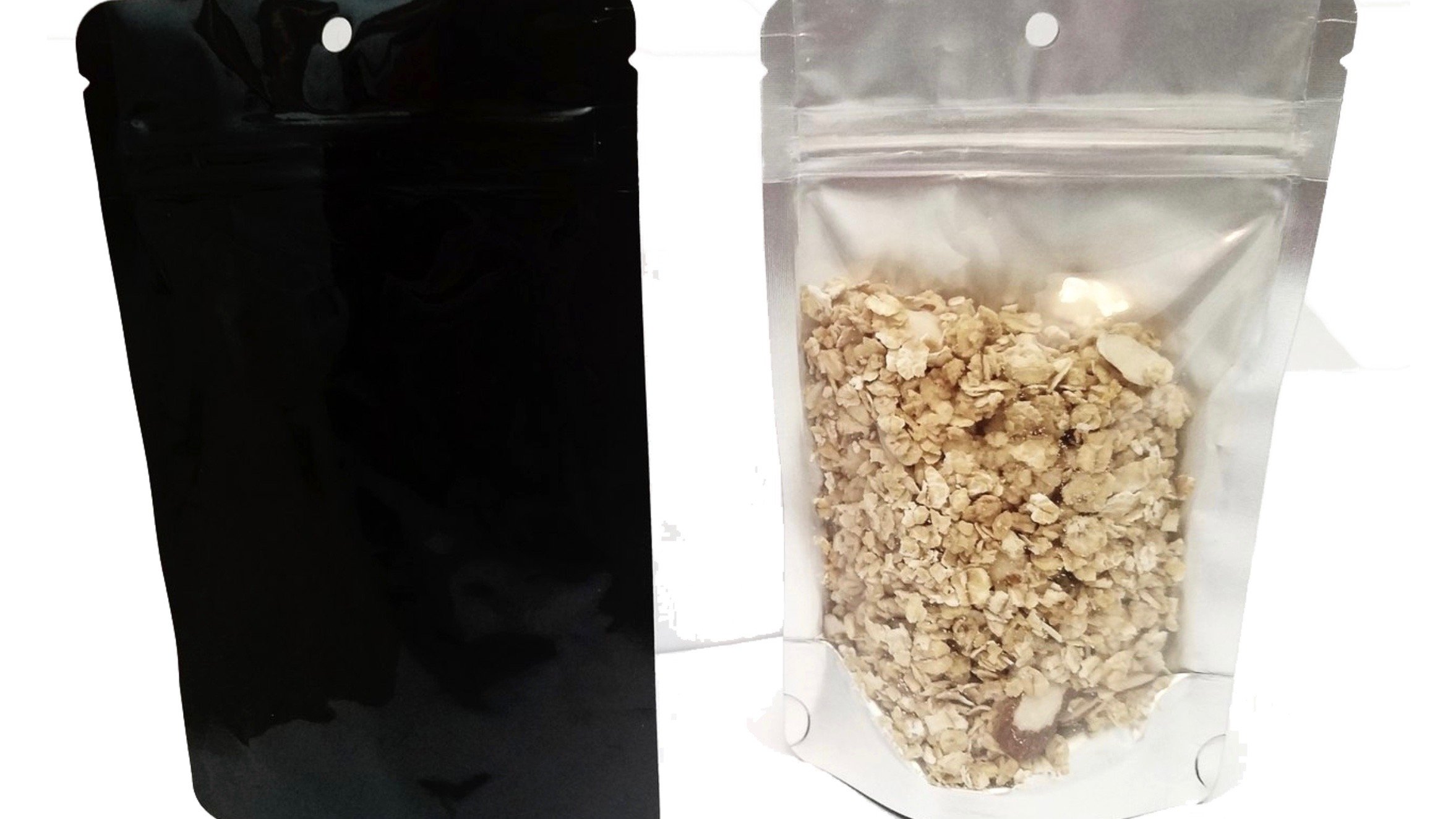
You need strong sales margins to compete and thrive. In a perfect world, supply and demand would take care of the equation, but in practice, food and beverage companies are trying everything from pushing suppliers for cost reductions to flashy and expensive marketing campaigns in hopes of driving enough sales to keep the lights on.
The good news is there’s low-hanging fruit that can recoup those lost margins. It’s been reported that 95% of North American companies wait until the last minute to address the packaging of their products. Why? There seems to be a broad assumption that other factors, such as an attractive consumer price, high product quality, or a compelling advertising strategy will have the most dominant impact on sales. Everyone is essentially using the same packaging and printing their own logo on it, right?
Some of them are, yes. Those companies are missing out. The ones with a true competitive advantage have come to understand that their margins are closely tied to packaging—for numerous, individually unrelated reasons. If you’re struggling to grow revenue or expand your margins, packaging is the first place to look. In particular, take a look at flexible food packaging. There are opportunities throughout the supply chain for the right flexible packaging for food to instantly recoup lost potential and expand the sales margins of manufacturers, brands, and retailers alike. Let’s take a look at a few of them.
Fill Line Speeds
Recent findings from Smithers have proven that the newest generations of vertical form-fill systems (VFFS) — such as versatile, resealable, flexible food packaging pouches — can deliver faster production speeds, faster time to market, and tighter delivery schedules than previous packaging solutions. Stand-up pouches are actually the fastest-growing flexible food packaging format in the industry, partially on account of the efficiency of modern pouching machinery. Continuous pouch-filling machines can now run off 250 pouches per minute (ppm), compared with the older intermittent machines that were limited to 80-100 ppm. This is the boost pouches needed to compete properly with the fast line speeds of bulkier, heavier formats like rigid bottles, which have precious few other advantages to fall back on.
Custom Printing
New digital printing equipment has revolutionized the flexible food packaging industry. Technological advancements have recently made it possible to print up to ten colors with the right machinery, even on small runs of only 500 pieces. This is all possible without needing to set up any plates on the digital printing equipment—which vastly accelerates production time while simultaneously allowing for efficient custom designs on short print runs. You can learn more in this video on digital printing processes.
Cost-effective, versatile printing brings real value to the eye-popping packaging that must tell your story on the shelf. With custom digital printing, your brand will enjoy minimal setup time, vibrant colors, reduced production costs, and the freedom to express your product’s identity in a custom design that truly speaks for your brand.
In addition to digital printing, some factories are dedicating traditional Rotogravure printing presses to small runs only, which could be a game changer. Digital printing is great for dry products (cereal, coffee, spices, etc.) but not for liquids or anything that must withstand high temperatures (like microwave or boiling, or even hot filling—soup, sauces, gravy, and the like). Many companies are looking to flexible packaging as an eco-friendly alternative to glass bottles and plastic jars. Spouted pouches can be printed with an attached fill/pour spout that can be used for liquid products, ship flat, store flat, take up less room, cost on average 50% less and require much less energy to produce. Historically, only the biggest brands could afford to look at spouted pouches but now, with small runs available, companies of all sizes can compete with the “big boys.”
Want to learn more about some differences between digital and traditional printing? Click Here.
Consumer Preference
Did you know that 72% of American consumers say their purchasing decision is influenced by the packaging design? A flexible stand up pouch is not just convenient to pack and easily resealable—it’s also a trendy food package design that truly stands out from the crowd of boring jars, bottles, and boxes on the shelf, while also providing maximum real estate for attention-grabbing branding and messaging. Economy of scale really boosts margins when more consumers opt for your attractively packaged product than the traditional but unremarkable package used by your competitors.
Sustainability
Landfills are full to the brim with space-inefficient, rigid waste packaging. Flat-bottom stand up pouches and other flexible food packaging solutions do wonders for sustainability at every level.
Consider the possibilities for rigid bulk food packaging containers—powders like whey protein, hot cocoa, and iced tea, for example—which can easily be packaged in a flexible, flat bottom bag. This reduced the space required to stock and shelf the packaged product to a mere fraction of the space needed for a traditional round canister. At the same time, the pouch actually costs 75% less, ships flat, stores flat, disposes flat, and uses far less energy to make, transport, and store. This is a boon for both inventory and the environment!
Your company can make the switch to flexible food packaging and increase profits instantly. Studies have long established that consumers are happy to pay more for convenience, and in today’s world, they’ll do the same for packaging that’s more sustainable for the environment. Our customers save an average of 10-35% on costs and recoup those invisible lost margins accordingly!






